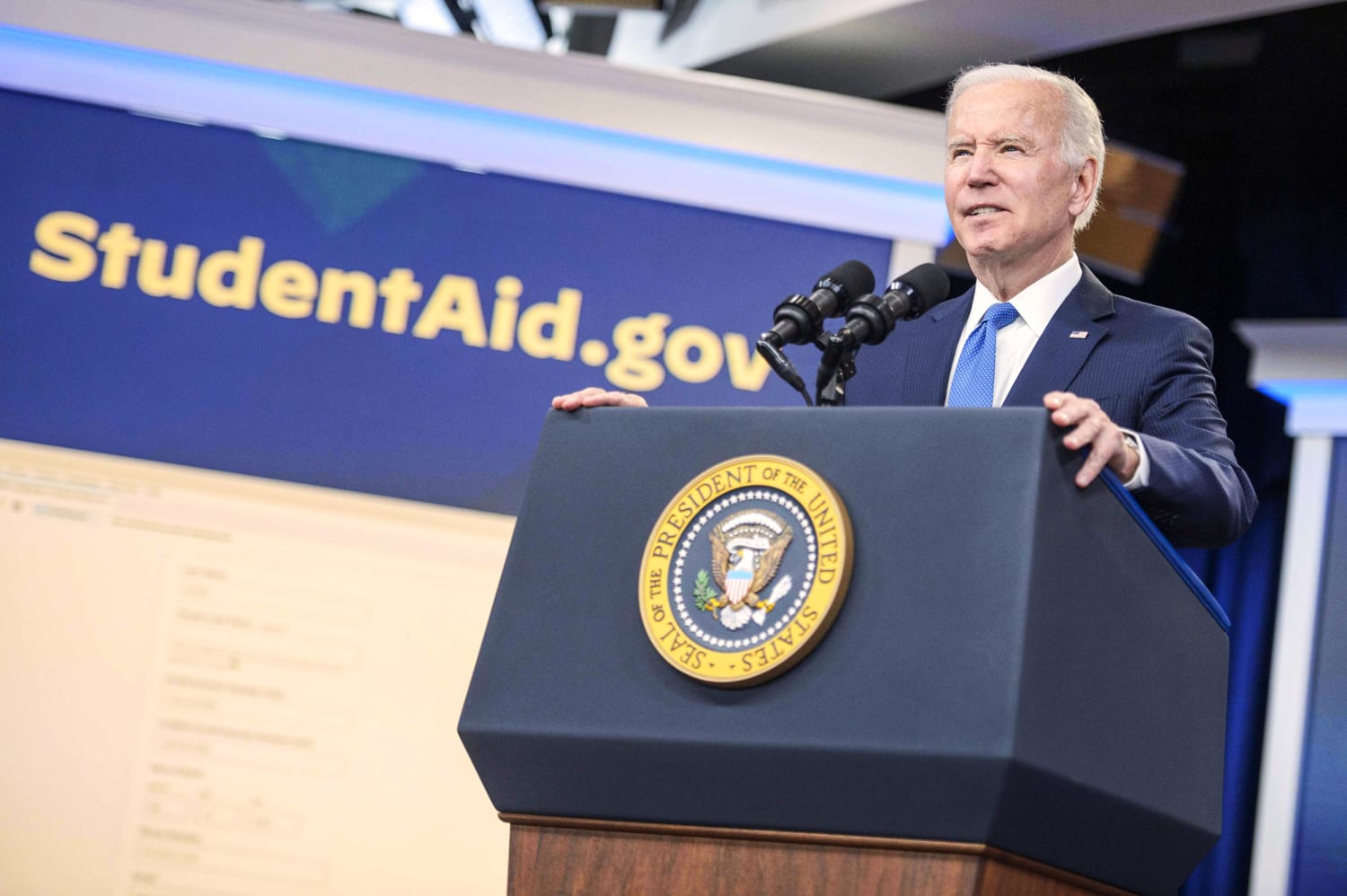In a groundbreaking ruling, the Supreme Court has delivered a significant blow to the hopes of countless students and borrowers seeking relief from their mounting student loan debt. The court recently struck down the proposed Student Loan Relief Plan, sending shockwaves through the education and financial sectors. This landmark decision has far-reaching implications for individuals burdened by the weight of their educational loans. Fuel Retrification will delve into the details of the court’s decision and explore the repercussions it holds for students and borrowers across the nation.
Understanding the Student Loan Relief Plan
The Student Loan Relief Plan was a comprehensive initiative aimed at alleviating the financial strain faced by students and graduates. It proposed various measures, including loan forgiveness, interest rate reductions, and extended repayment terms. Advocates argued that these initiatives would provide much-needed relief to borrowers, enabling them to pursue other financial goals and contribute more effectively to the economy.
The Supreme Court’s Rationale
Despite widespread anticipation, the Supreme Court struck down the Student Loan Relief Plan, deeming it unconstitutional. The court concluded that the plan exceeded the executive branch’s constitutional authority and infringed upon the powers of Congress. This ruling emphasizes the importance of the separation of powers and highlights the need for legislative action to address complex issues like student loan debt.
Implications for Students and Borrowers
The Supreme Court’s decision has left students and borrowers disheartened and uncertain about their financial futures. Many had pinned their hopes on the Student Loan Relief Plan, expecting it to provide a much-needed lifeline. With the plan now rejected, individuals are forced to grapple with the weight of their student loan debt without the anticipated support.
Exploring Alternative Solutions
In the wake of this landmark decision, it becomes imperative for students and borrowers to explore alternative solutions for managing their student loan debt. While the rejection of the relief plan is undoubtedly a setback, there are still avenues to pursue:
1. Loan Refinancing
Borrowers can consider refinancing their student loans to secure lower interest rates and potentially reduce their monthly payments. By refinancing, individuals may be able to find more favorable terms and alleviate some of the financial strain.
2. Income-Driven Repayment Plans
Income-driven repayment plans offer borrowers the opportunity to adjust their loan payments based on their income and family size. These plans can provide more manageable payment structures for those facing financial challenges.
3. Loan Forgiveness Programs
Certain professions, such as teaching or public service, offer loan forgiveness programs. Eligible borrowers who work in these fields may have the opportunity to reduce or even eliminate their outstanding debt through these programs.
4. Financial Education and Budgeting
Developing strong financial management skills can empower borrowers to better handle their student loan obligations. By improving financial literacy and adopting effective budgeting strategies, individuals can make informed decisions and optimize their repayment plans.
The Supreme Court’s landmark decision to strike down the Student Loan Relief Plan has dealt a significant blow to the hopes of students and borrowers seeking relief from their educational debt. However, it underscores the necessity for comprehensive legislative action to address the growing crisis of student loan burdens. As individuals navigate this new reality, it is crucial to explore alternative solutions and seek guidance to effectively manage their student loans.




